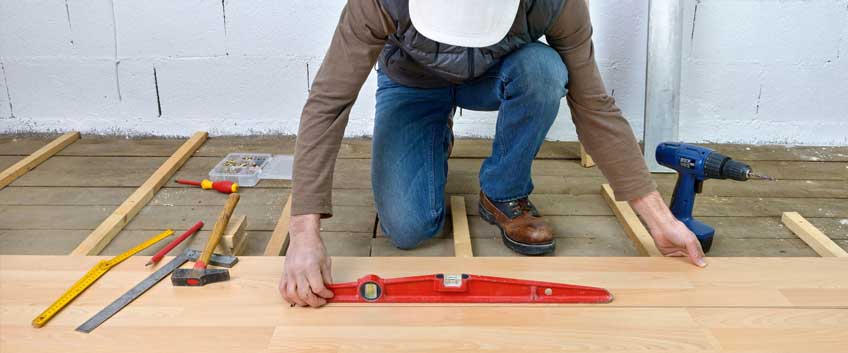
If you are a solid wood flooring owner and even if you are not, we guess that you know that solid wood flooring is made out of boards that are cut from one single piece of timber, therefore they are very solid, sturdy and, of course, bring the natural beauty of rough wood with all its perfect imperfections. Many different wood species are used in the production of solid wood boards, including oak, ash, pine, and walnut as the most popular ones because of their natural hardness and shock and damage resistance. The difference between solid wood and engineered wood is the construction of the plank and not the fact that solid wood is natural and engineered wood is not (in fact, both options are made out of natural lumber and wooden products only). When it comes to solid wood, there is minimal interference from man.
For centuries people have known the many purposes of solid wood as structural boards and because the user has always been successful and effective, we are sure that people are going to use solid wood timber for the same purposes for a long, long time. Simply envisioning a really old building, you are surely thinking of all those old and original solid wood floors that have been laid over the beams or joists. The method of effective laying is perpendicular to the beams and not only in the past, but even nowadays this purpose and usage of solid wood boards remain the same. Of course, the speed, efficiency and cost of the process are improved, in many instances, wood flooring installers prefer laying solid wood boards over a concrete subfloor, but installation over joists is not that uncommon even in the modern days.
Not that the process of installation over joists and beams is not that uncommon, but there is even a tendency across the globe and more and more people are going back to the old techniques and traditional construction methods, which of course includes this method too. It is not that this method is performed the exact way as in the past, in terms of efficiency and effectiveness, we can see a significant improvement and development. Laying solid wood boards over beams or joists can be commonly seen in houses with basements and it is a smart investment and a highly efficient method used because by laying the boards directly over the beams they make up the ceiling of the basement and the room immediately above. Clever and time-saving, isn’t it?
Here are a few aspects to keep in mind, if you are planning to use solid wood as structural boards:
- Joists do not have to be too far apart, more than 450mm apart is already too much and the floor won’t be solid and sturdy.
- There should be ventilation points in the space between the floor and the ceiling below in terms of comfort, good insulation and economical point of view.
- It is important to ensure quality insulation (and choose the correct way for insulation) if the floor is laid over an unheated space.
- Consider the installation of plywood or chipboard subfloor that is required in certain situations.
- The solid wood boards have to be no less than 18mm thick.